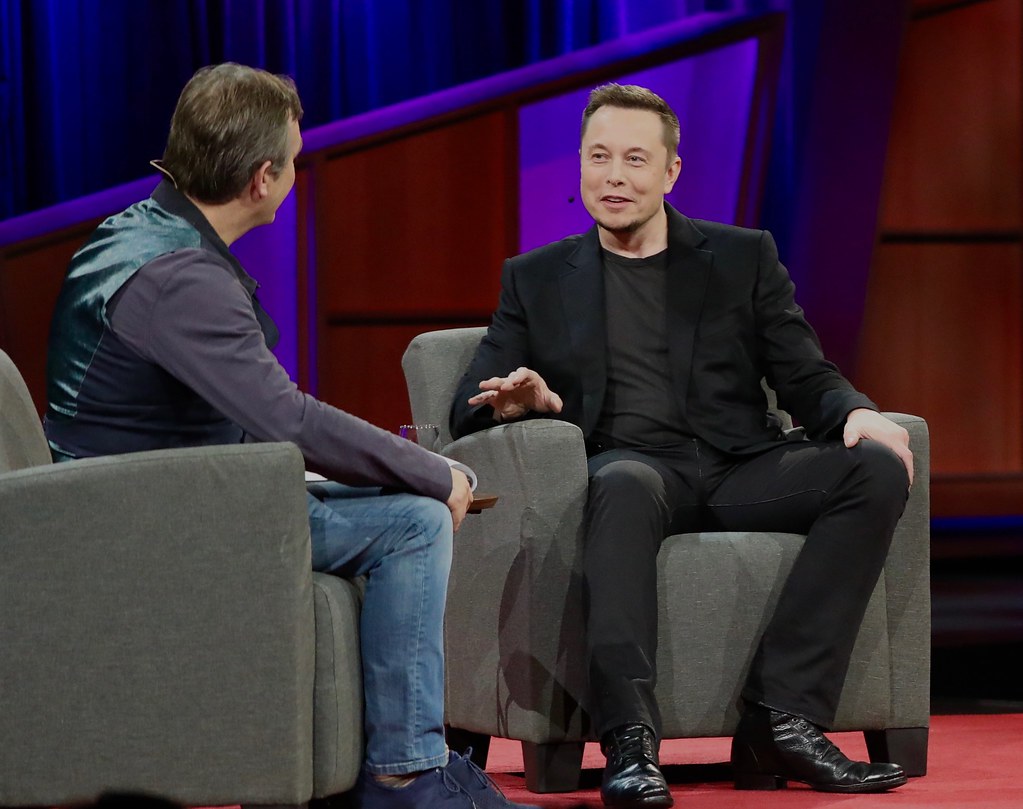On Saturday the largest rocket the world has ever seen was launched 150km above the earth’s surface to outer-space. SpaceX’s most recent launch of the 400 feet tall Starship successfully made it past the first-stage booster, yet lost contact with mission control in Texas minutes later. Once the Starship lost contact SpaceX believes it activated its self- destruct system causing debris to be scattered as far as the Gulf of Mexico.
I am transfixed by the progress of the Starship, as Elon Musk predicts it will cost 5-10 billion dollars to fully develop the mission. The aims of the Starship is to have widespread, cheap and reusable travel that will enable human exploration of the Moon, Mars and other space destinations. The Starship could also travel to any location across earth in less than an hour and carry up to a hundred passengers.
Elon Musk, the CEO of SpaceX, has goals of building cities on Mars once this mode of space travel is available. If this all all achievable in my lifetime, it would be a privilege to witness the progress made.
Last April I witnessed the failure of the first launch. In this launch the first stage “super heavy” booster failed, in which the 33 liquid methane raptor engines exploded less than five minutes into flight. SpaceX, before the launch on Saturday, said they would consider the launch a success if the rocket made it past this hot-staging interval, which it did. This seems exciting for the future of Space travel as priceless data was collected from this launch.
Yet, despite this betterment of SpaceX’s launches, I remain skeptical about it all. Firstly, I remain uncertain about the environmental costs such space-craft could have. After the launch of the Starship this past weekend the Federal Aviation Administration grounded the Starship and said it was pending a safety environmental review. This seems like no surprise to me, as with the amount of debris being scattered in oceans, skies and land it raises question about how this will affect wildlife. Never mind the constant noise pollution of such launches. Is it wise to be spending billions of dollars to contribute to the breaking down of the ozone layer, when this money should instead be used to prevent it?
Secondly, the workplace injuries that have occurred since 2014 at SpaceX, which include crushed limbs, amputations, head injuries and one death have surprisingly gone under the radar for a company that is constantly under the public gaze.
This statistic is worrisome, especially for a company receiving so much financial aid from companies such as NASA. Surely they could implement better health and safety conditions with all these resources available to them?
SpaceX does seem to be a company that will be in the history books. Yet, such a large organisation has certain responsibilities to uphold on a global-scale. In order for them to continue their pioneering research and launches, SpaceX should look into looking after the planet rather than trying so hard to leave it.
“Elon Musk at TED 2017” by jurvetson is licensed under CC BY 2.0.

